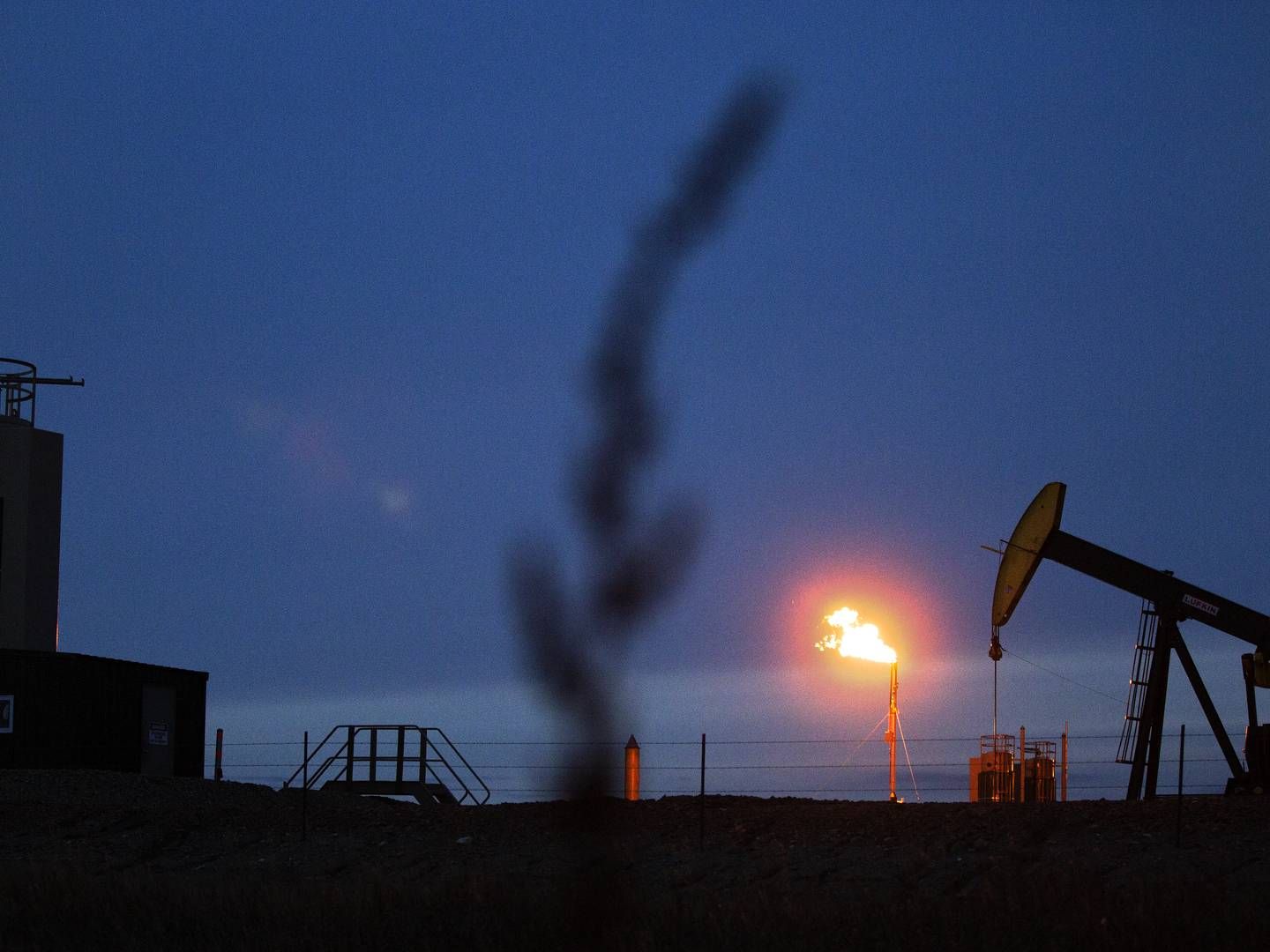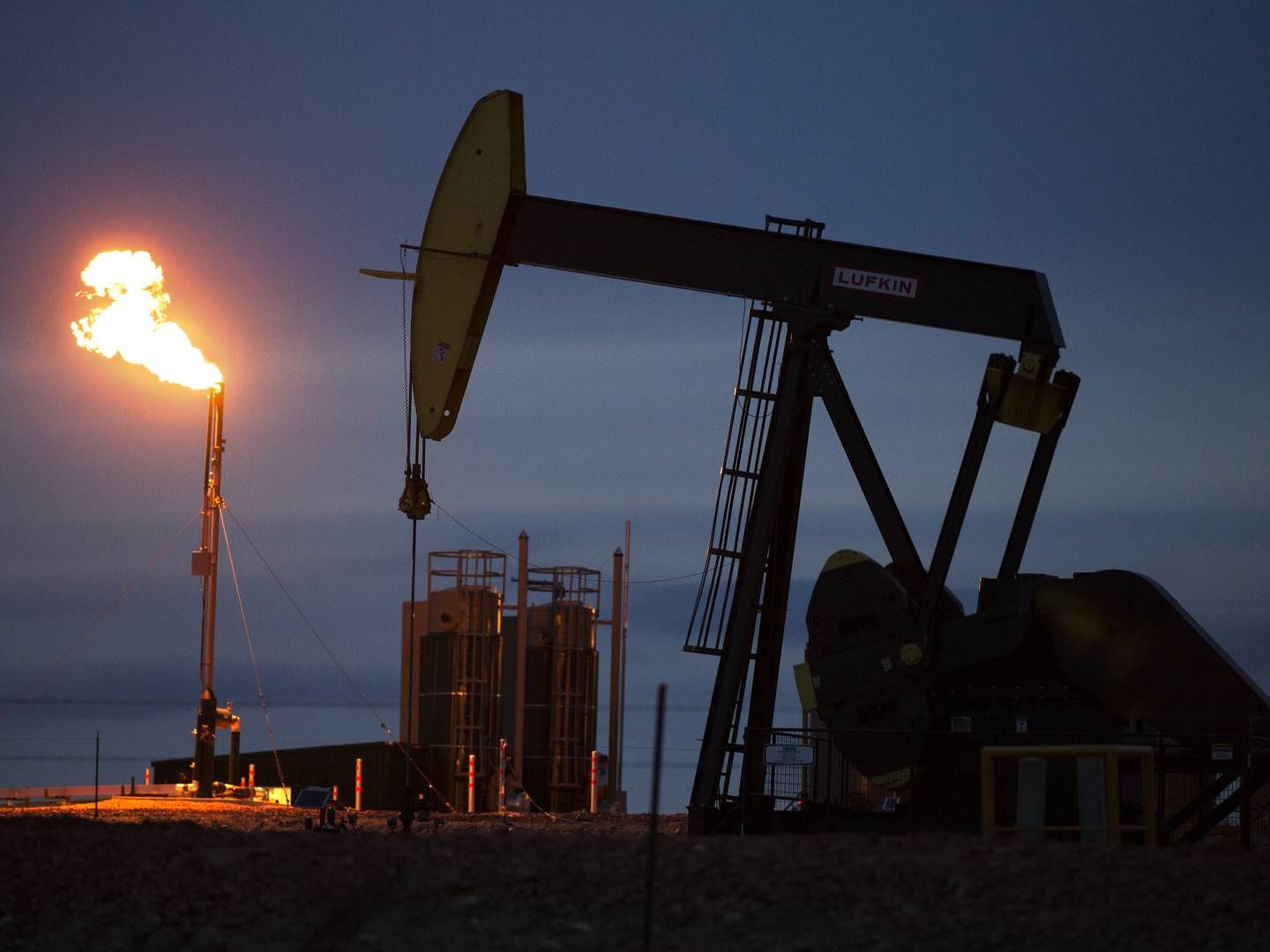Continued US-Iran talks shave the top off oil prices

After reaching the highest levels in seven years, the prices of both the European reference crude Brent and its US counterpart WTI went down from Monday to Tuesday.
Among other things, the slide results from US and Iran talks on a nuclear deal, which is expected to potentially lift sanctions on Iranian oil sales, writes Reuters.
As a result, Brent costs USD 92.52 Tuesday morning against USD 93.08 Monday afternoon, while US benchmark West Texas Intermediate trades concurrently at USD 91.24 against USD 91.57.
"Crude oil futures eased lower as the spectre of Iranian oil hitting the market weighed on sentiment," an analyst at ANZ Research told Reuters.
However, there are signs that the dip is only a slight bump in the road towards continued price increases. Analyst Edward Moya at Oanda points out that strong oil demand leaves the market in a supply deficit.
This is exacerbated by a power outage among Texan oil refineries, which have lowered capacity for a period of time.
At the same time, Saudi Arabian state-owned oil company Saudi Aramco has announced that it will raise the price on crudes to Asia, reportedly reflecting strong demand for oil among Asian companies.





















.jpg&w=384&q=75)


